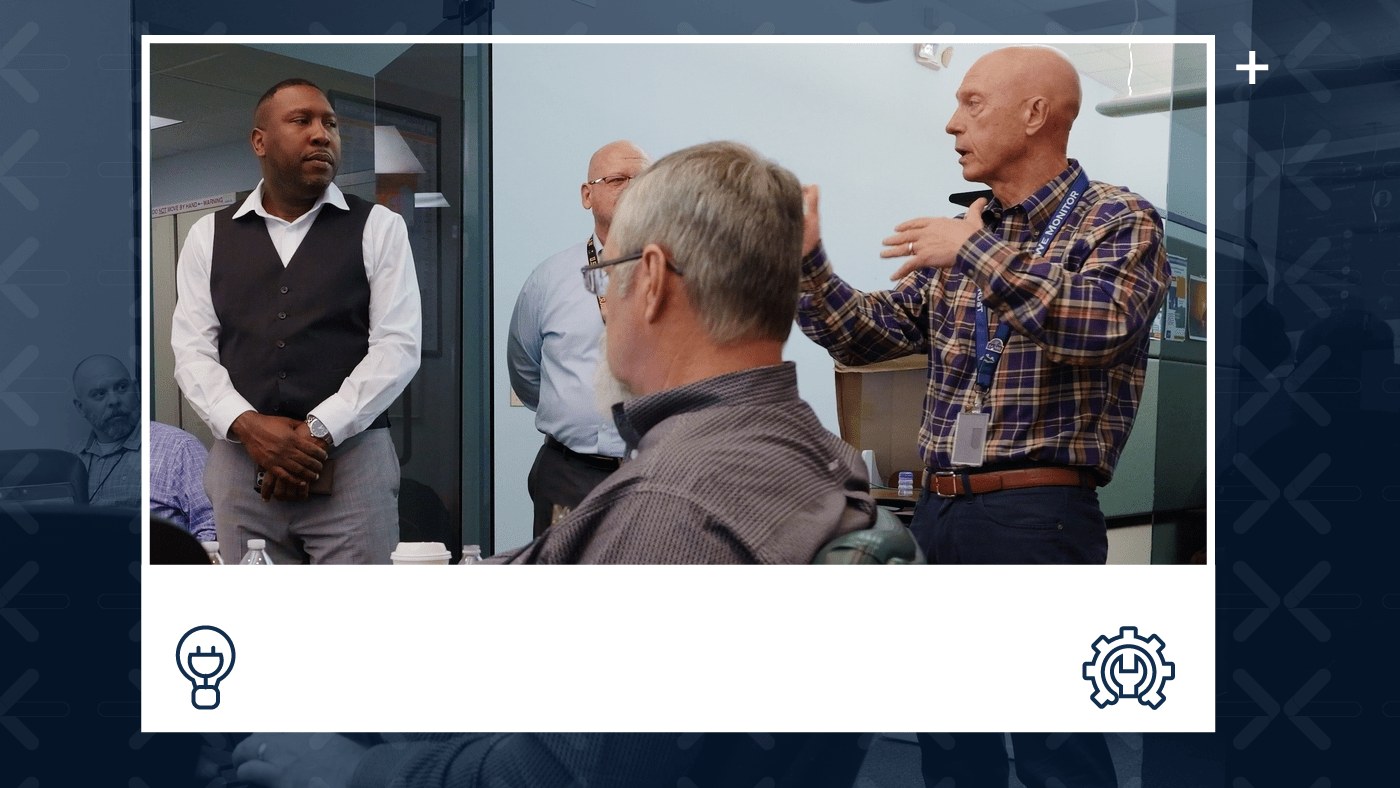Appears In
There are 2.7 million rural and highly rural Veterans enrolled in VA. While they may enjoy the benefits of rural living, Veterans may also experience rural health care challenges intensified by combat-related injuries and illnesses. The Office of Information and Technology’s (OIT) and Veterans Health Administration’s (VHA) recent partnership with the Cherokee Nation demonstrates VA’s commitment to ensuring all Veterans have easy access to the health care they earned and deserve.
In what is being hailed as a historic agreement, the Cherokee Nation and Eastern Oklahoma VA Health Care System are opening a VA clinic inside the tribe’s Vinita Health Center in early 2024, allowing for both tribal and non-tribal Veterans to be seen on tribal land. This marks the first time Veteran care will be provided within a tribal sovereign nation not connected with Indian Health Services — paving the way for similar endeavors in other rural areas where distance creates challenges for Veteran patients.
The effort began in 2021 when the Department of Veterans Affairs, Navy Veteran and Vinita, Oklahoma mayor, Chuck Hoskin, and the Cherokee Nation launched efforts by organizing town hall events to bring Veterans and key stakeholders together, following news that VA’s Vinita health clinic would close the next year. Once a space was secured, planning and design soon followed.
Unprecedented collaboration leads to success
With a location identified, IT-related challenges naturally surfaced due to the complexities of the situation. The next hurdle — to establish a first-ever VA clinic on tribal land that’s not operated by the Indian Health Services and is open to all Veterans regardless of tribal affiliation — was bringing VA infrastructure and systems into a sovereign nation’s facility. Security, policy, and procedural details had to be worked out. Most importantly, the teams involved needed to ensure the Cherokee Nation citizens’ health records would be separate from Veterans’ health records to preserve the privacy for all patients.
Curtis Lewis, VA’s Office of Information and Technology’s (OIT’s) area manager in End User Services, joined discussions with VHA leadership, Cherokee Nation’s leadership, and Mr. Hoskins to address these and other emerging issues. He confidently told the Medical Center Director, “Get the agreement worked with the Nation, and let me worry about getting the VA network into the building.”
Once the agreement was secured, Mr. Lewis swiftly worked with his partners in OIT’s Connectivity and Collaboration Services to bring in the necessary technical infrastructure. They began ordering circuits, conducting market research, and determining the best transport carrier that could deliver services to the site. When the research was complete, the team conducted a cost-benefit analysis tallying installation costs, monthly recurring costs, and start-up non-recurring costs. “Every circuit delivery is like a separate project and is managed from cradle to grave,” explained Kevin Sample, division chief of Enterprise Transport Services, Connectivity and Collaboration Services.
Getting ready to serve those who served
The Vinita VA Medical Clinic will soon open its doors with all IT-related infrastructure in place — enabling a staff of five from the Eastern Oklahoma VA Health Care System (VHC) to continue delivering health care services to local Veterans.
The clinic space includes a waiting area, exam rooms, physician offices, and parking, all separate from the tribal clinic areas, although several shared services are planned. For example, the VA medical staff at the new facility will work hand in hand with the Eastern Oklahoma VHC for lab and x-ray needs to ensure seamless care for both Native and non-Native Veterans within the facility.
This project showcases an exceptional collaboration effort between VHA leadership, Cherokee Nation leadership, the former Mayor of Vinita, VA OIT’s Connectivity and Collaboration Services and End User Services to make this a reality and bring the highest quality Veteran care to rural Veterans in Oklahoma.
The Cherokee Nation’s unprecedented partnership with VA made this venture possible, and this approach may become a roadmap for the future as an innovative care model for how VA’s VHA and OIT Teams can work with tribes to maintain or expand locations for Veteran care in rural areas. A true testament to the level of dedication and caring that VA staff have for Veterans, this joint clinic location is a win-win for bringing VA health care to rural Veterans.
For more information about VA health care for rural Veterans, visit VA’s Office of Rural Health.
Topics in this story
In this article
More stories
Link Disclaimer
This page includes links to other websites outside our control and jurisdiction. VA is not responsible for the privacy practices or the content of non-VA Web sites. We encourage you to review the privacy policy or terms and conditions of those sites to fully understand what information is collected and how it is used.






